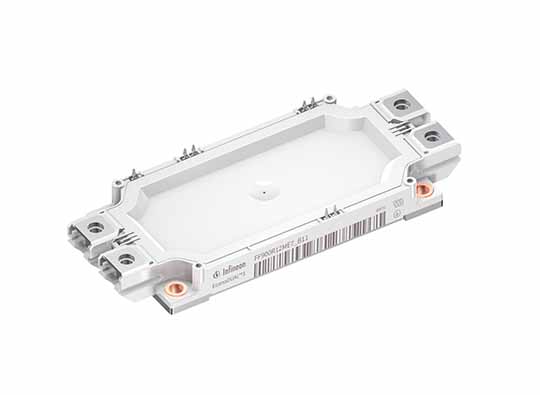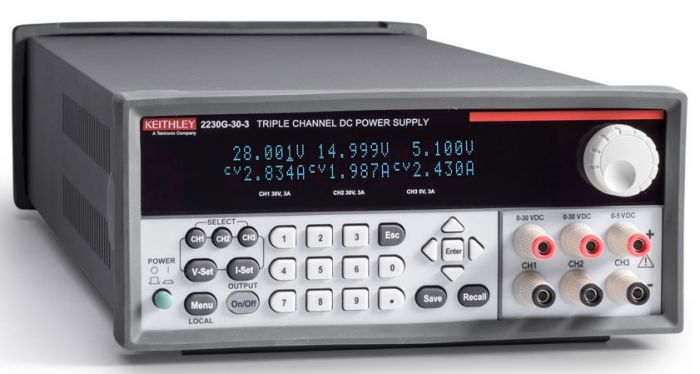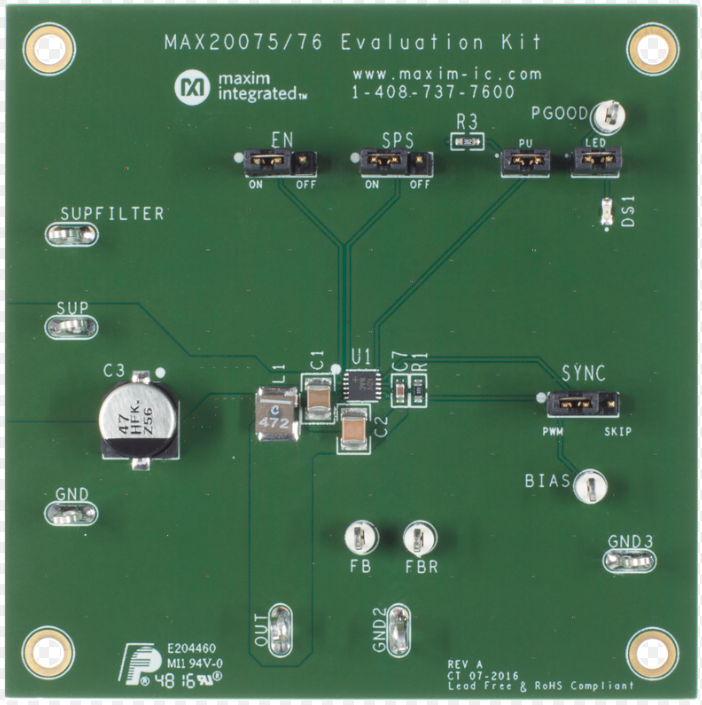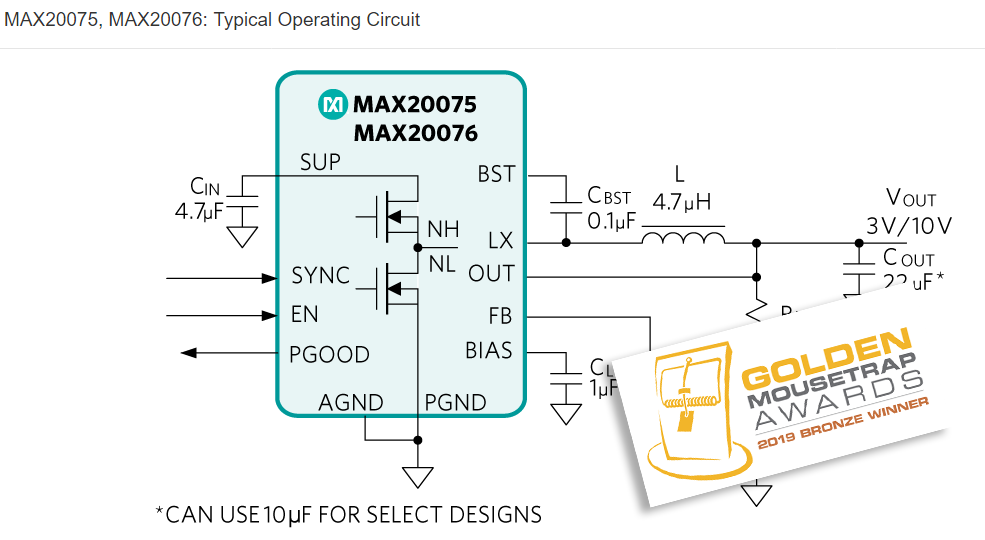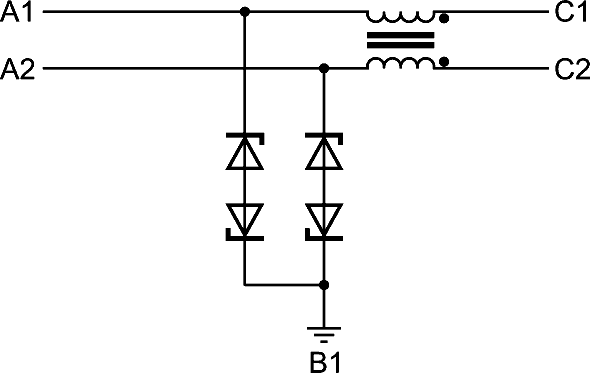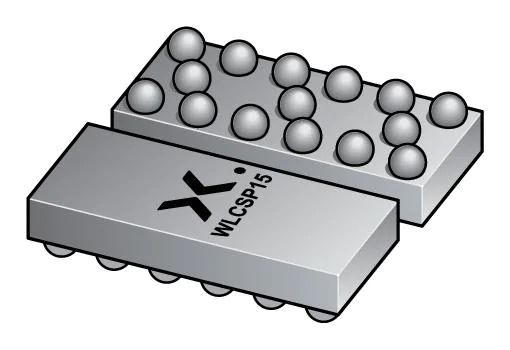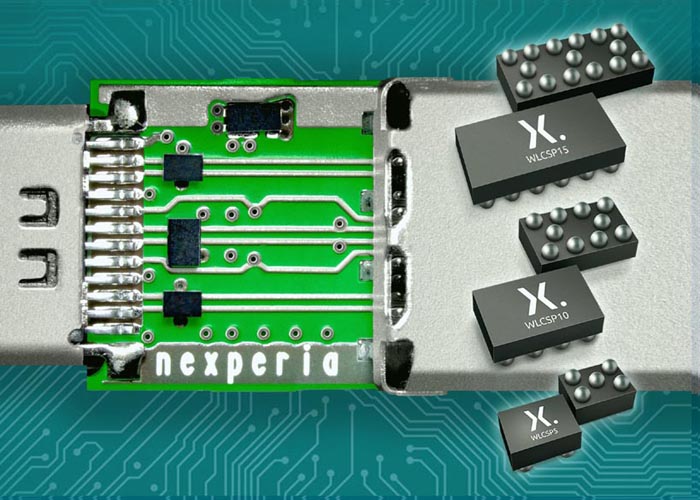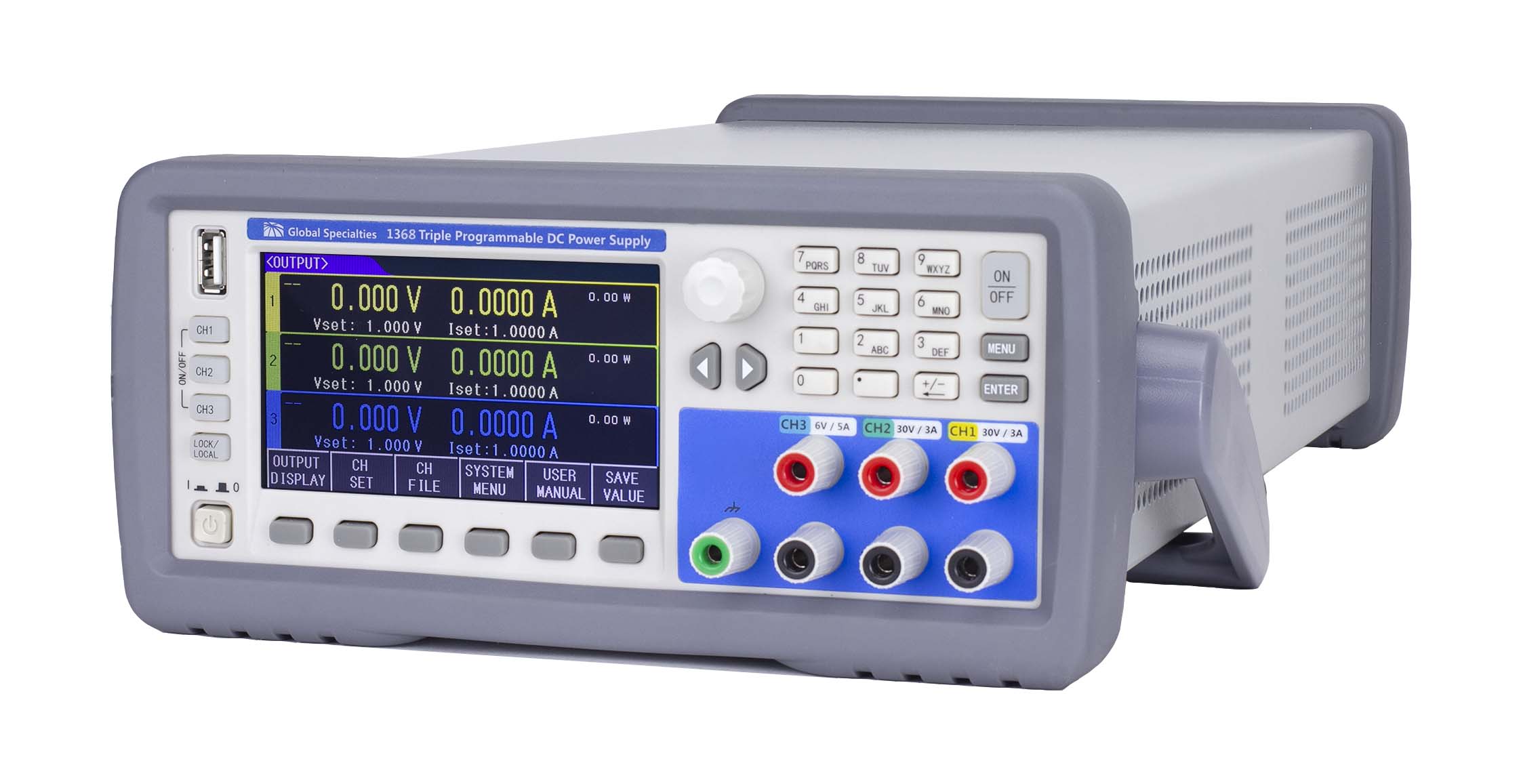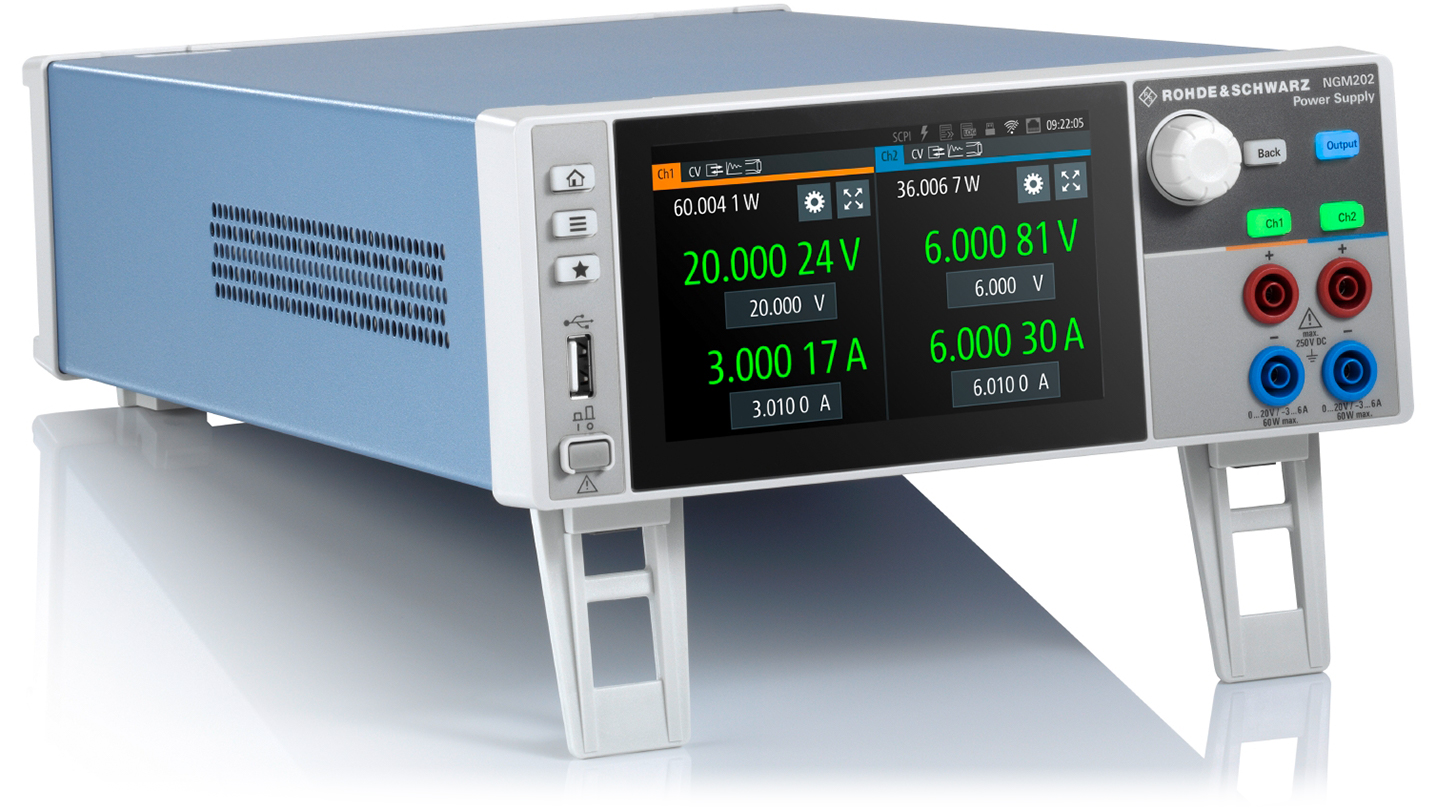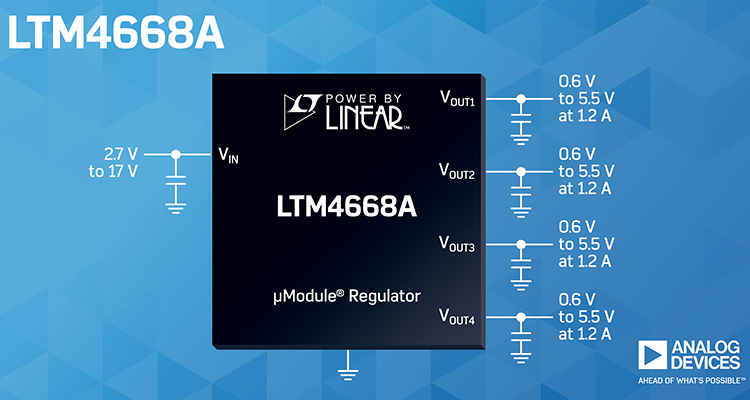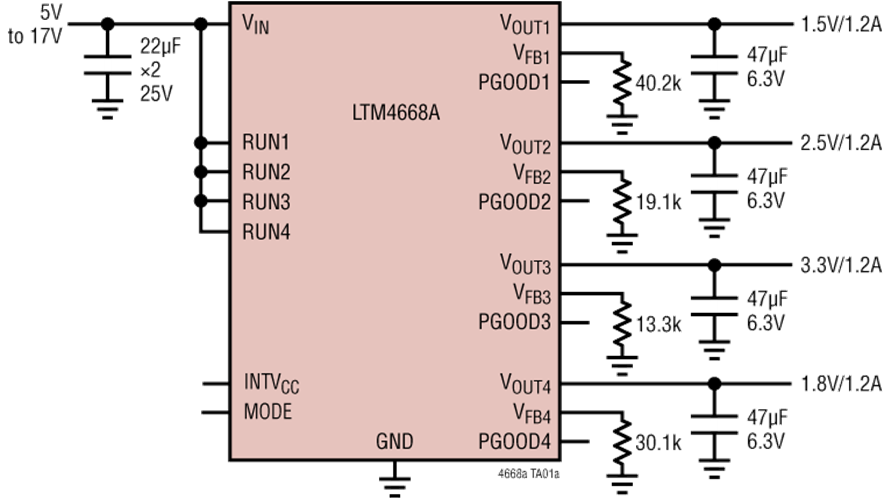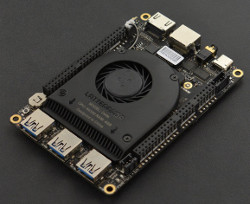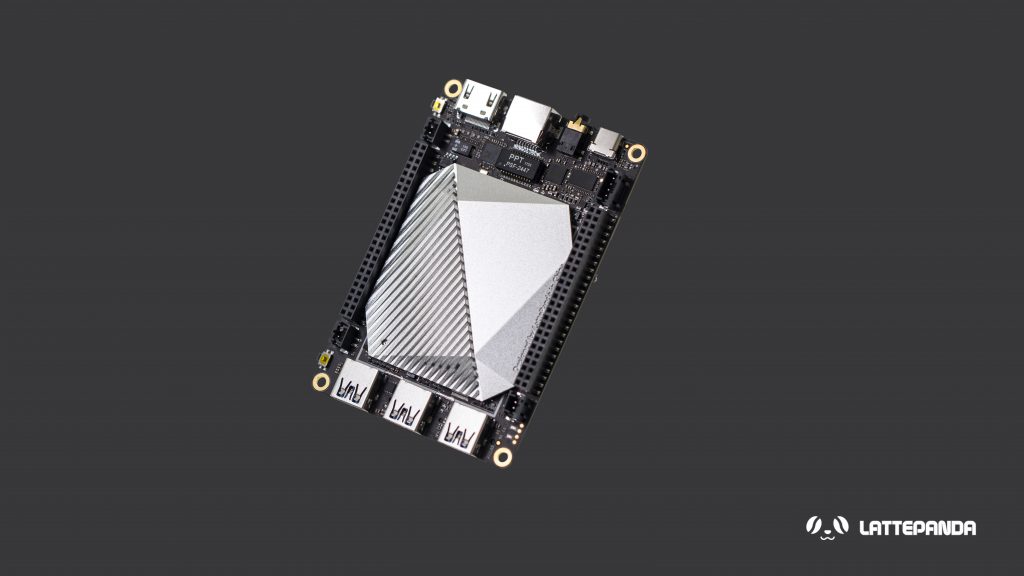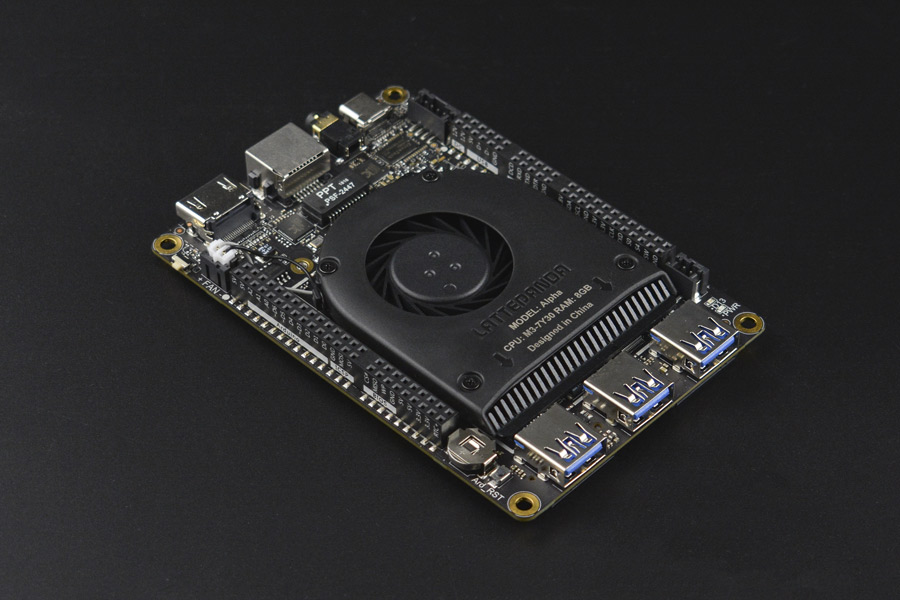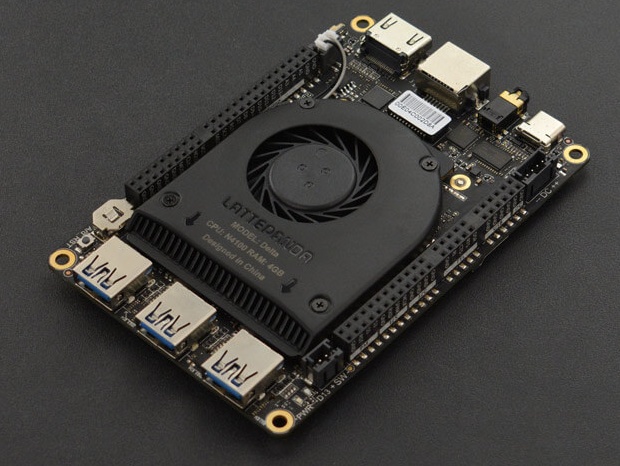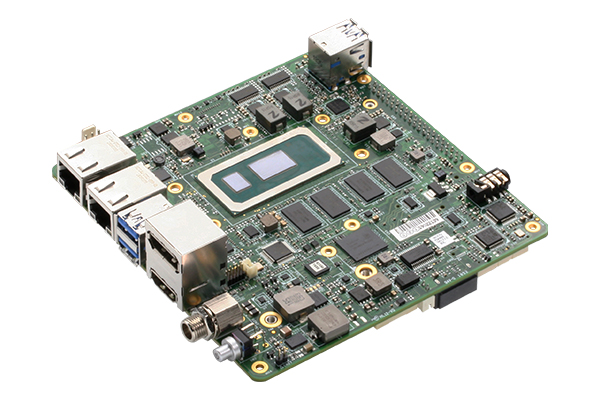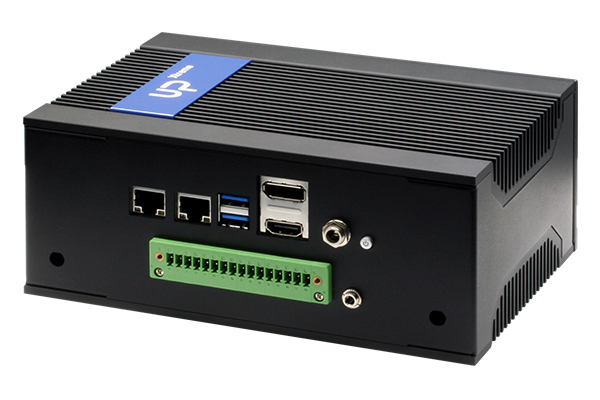Infineon Technologies AG introduced the new IGBT7 chip for its well-known Easy housing platform in March. Now it is taking the state-of-the-art TRENCHSTOP™ IGBT7 to the arena of medium power: in the standard industry package EconoDUAL™ 3. In this chip technology, the 1200 V module provides a leading nominal current of 900 A enabling a 30 percent higher inverter output current for the same frame size compared with the former technology. While specific improvements of the module’s chip and housing directly aim at industrial drive applications, it can also be very well implemented in designs for commercial, construction and agricultural vehicles (CAV), servo drives, as well as solar and UPS inverters.
Based on the new micro-pattern trench technology, the TRENCHSTOP IGBT7 chip performs with much lower static losses compared to the IGBT4. Its on-state voltage is reduced by up to 30 percent for the same chip area. This brings significant loss reduction in the application, especially for industrial drives, which usually operate at moderate switching frequencies. Additionally, the oscillation behavior and the controllability of the IGBT have been improved. The power modules feature a maximum allowed overload junction temperature of 175°C.
Another improvement concerns the freewheeling diode (FWD) which has also been optimized for drive applications. The forward voltage drop of the emitter-controlled 7 th generation diode (EC7) is now 100 mV lower than the forward voltage drop of the EC4 diode, with reduced oscillation tendency during diode turn-off.
The higher power density of the EconoDUAL 3 helps to avoid paralleling of modules, which leads to a simplification of the inverter design and lower costs. Moreover, the new technology can be implemented in the same footprint facilitating the upgrade of existing inverter system designs. The EconoDUAL 3 module comes with improved housing for handling higher currents and temperatures. It is available with pre-applied thermal interface material (TIM) for the lowest thermal resistance and longest lifetime. The PressFIT housing enables a fast and cost-efficient assembly.
more information: www.infineon.com

